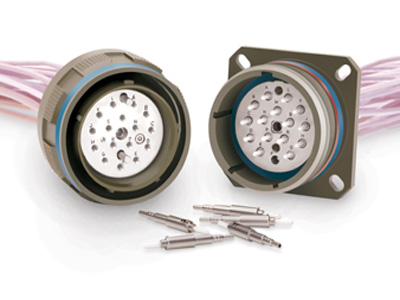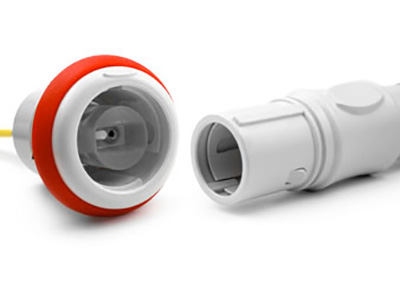- Low loss, low back reflection
- General use design (no strain relief backshell needed)
- Optical disconnect style available: Standard 1.25 mm ferrule and sleeve
- Cable termination identical to LC connector process
- Easy cleaning access to the contact through removable alignment sleeve holder
- Standard ARINC 600 Size 16 insertion/removal tool
-
DIN Contacts
Features of the Fiber optic DIN contacts are: twist protection pin, Multimode applications, Screw lock mechanism, Low insertion loss -0.20dB (typically)
-
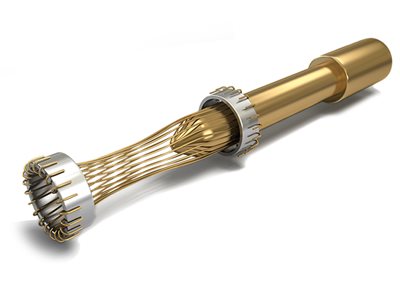
Hypertac® hyperboloid contacts now available for off-the-shelf sale through the HYPER Series catalog
The HYPER Series catalogue offers 51 hyperboloid contacts in 14 different pin dimensions, from 0.4mm diameter for signal contacts to 6.12 mm for high currents, with different termination types (crimp, solder cup, straight, open both ends and closed end) and platings.
-
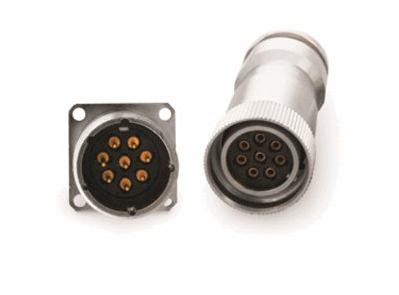
How connectivity can play a key role in rail braking systems
Train deceleration is a key function that implies passengers’ safety, environment and property protection and nothing can be left to chance or neglected when it is the moment to select the right parts that have to compose the brake system. With this in mind, the design engineers have to pay attention to reduce the overall maintenance costs as well to provide a dependable and market aligned solution.
-
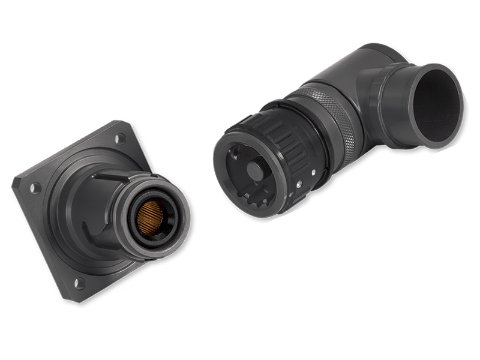
HBB High Power Connectors now assembled by Aerco
The newly re-launched HBB series of single pole high power 300A and 500A circular connectors offer a compact, lightweight and ruggedized heavy duty connector.
-
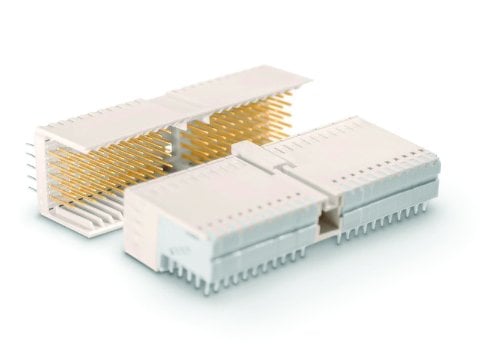
SpaceNXT™ Aurora Hard Metric Backplane connectors
Smiths Interconnect’s SpaceNXT™ Aurora Hard Metric Backplane connectors for the next generation of satellites applications Products pre-tested and qualified help maintain consistent signal in mission-critical environments.




